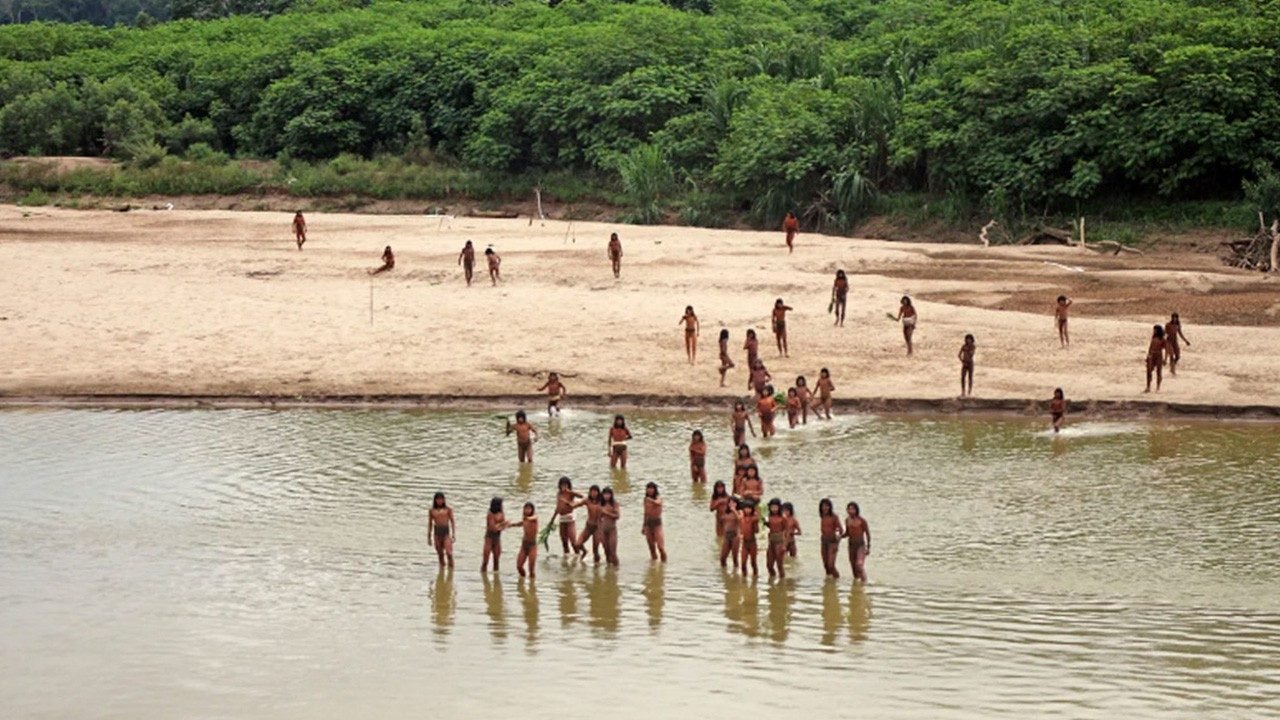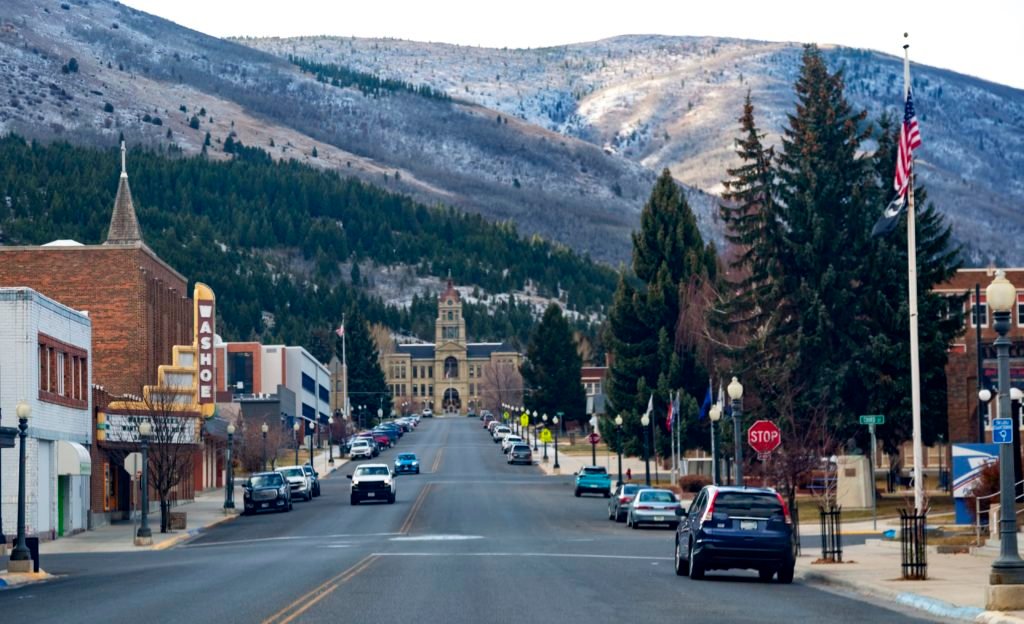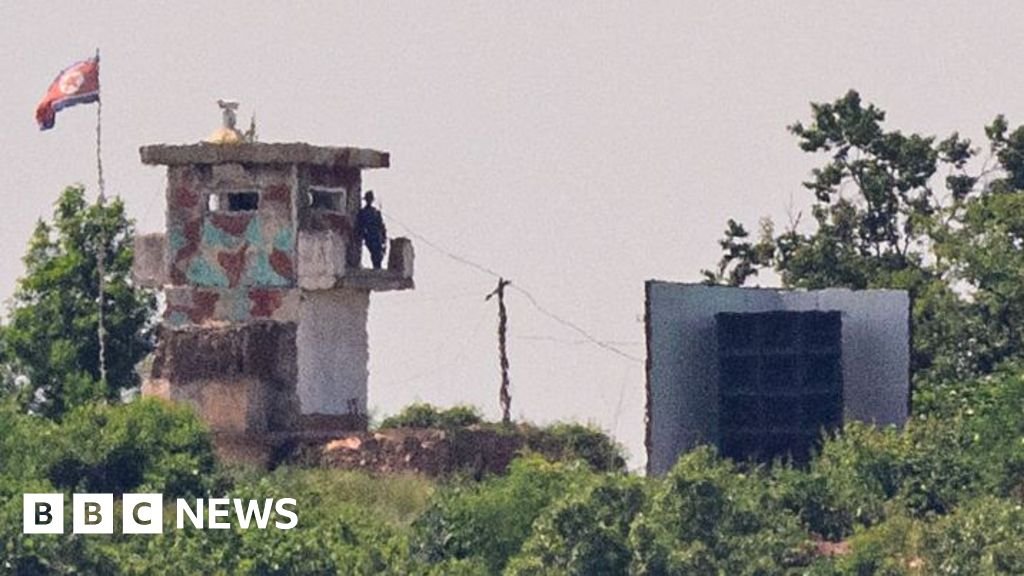
The International Day of the Rights of Indigenous Peoples emphasises the rights of indigenous peoples to remain separated from the rest of the world. In Peru, the Mashco Piro communities are the invisible guardians of the Amazon – now under threat from extractive industries.
By Matteo Frascadore
The lands inhabited by Indigenous peoples hold an unparalleled wealth of biodiversity. Today, more than 470 million Indigenous people live across some 90 countries. Among the aims of the International Day of the World’s Indigenous Peoples – celebrated every 9th of August and this year focusing on “Indigenous Peoples and Artificial Intelligence: Defending Rights, Shaping the Future” – is the protection of the environment. This also means recognising the value of Indigenous knowledge in preserving biodiversity and addressing the impacts of climate change.
The Mashco Piro of Peru
The Mashco Piro, an Indigenous people of the remote Peruvian Amazon, have in recent months been sighted along the Las Piedras and Alto Madre de Dios rivers, deep in the rainforest. They have chosen to remain separated from the modern world in order to safeguard their identity, knowledge, and a fragile balance between culture and nature. Reports of their movements come from FENAMAD (Federación Nativa del Río Madre de Dios y Afluentes), which represents Indigenous peoples in the region.
The Mashco Piro are among the PIACI – Indigenous peoples in voluntary isolation or in the earliest stages of contact. Encounters with the outside world, often accidental and unwanted, can be devastating, bringing both serious health risks and cultural shock.
A fragile existence
Peru formally recognises at least 25 Indigenous groups in this situation and, since 2006, has upheld the derecho a la no intervención – the right to non-interference – alongside the creation of specific territorial reserves. These include the Mashco Piro, Madre de Dios, Isconahua, and Kugapakori-Nahua-Nanti reserves. Yet only 5 of the 25 requested reserves have so far been officially established, highlighting weaknesses in the protection system.
AIDESEP (Asociación Interétnica de Desarrollo de la Selva Peruana) has repeatedly criticised delays by the Peruvian state in creating new reserves, warning also against legislative moves that could weaken existing safeguards. The Mashco Piro, in particular, have responded to the approach of loggers and miners with shouts and arrows – a defensive reaction born of decades of violence, enslavement, and disease. Today, they move with the seasons along the rivers, living from hunting, fishing, and gathering, in harmony with the forest and without exploiting it.
The threat from extractive industries
Extractive projects remain one of the greatest dangers. AIDESEP has condemned the imposition of environmental programmes – such as the international REDD+ scheme to reduce emissions from deforestation – implemented without consultation with Indigenous communities. Locals have often warned that behind conservation rhetoric lurk economic interests and forms of “environmental colonisation.”
“Isolated peoples cannot sign agreements or give consent. That is exactly why they need stronger protection,” AIDESEP stated in 2024. One telling case is the Sierra del Divisor Occidental Indigenous Reserve, intended to safeguard the Remo, Mayoruna, and Kapanawa peoples. Its creation, awaited for almost twenty years, has been continually postponed, leaving these communities exposed to severe health and cultural threats.
The new danger of ‘influencer tourism’
On top of historic and institutional threats comes a new, digital-age one: exoticism 2.0. Today, fascination with uncontacted peoples has moved to social media, where videos, photos, and posts about “sightings” can go viral. Some influencers even seek direct encounters, turning meetings with Indigenous people into spectacles for their followers. NGOs such as Survival International have denounced this as a growing danger, urging people not to share images or videos that violate the right to remain unseen.
The risk is fuelling an “ethnographic treasure hunt” driven solely by consumerist logic. Any unwanted contact can bring disaster: without immunity to common diseases, even seasonal flu can turn deadly. The damage is not only physical – any intrusion can shatter a cultural balance that has endured for millennia.
The challenge today is to unite human rights protection with a vision of nature as something to share, not exploit. Recognising the right to isolation is an act of listening, respect, and guardianship. It is a barrier against cultural homogenisation, a collective responsibility towards a humanity that is different but not distant – bearers of a knowledge that has every right to exist, even in silence.




